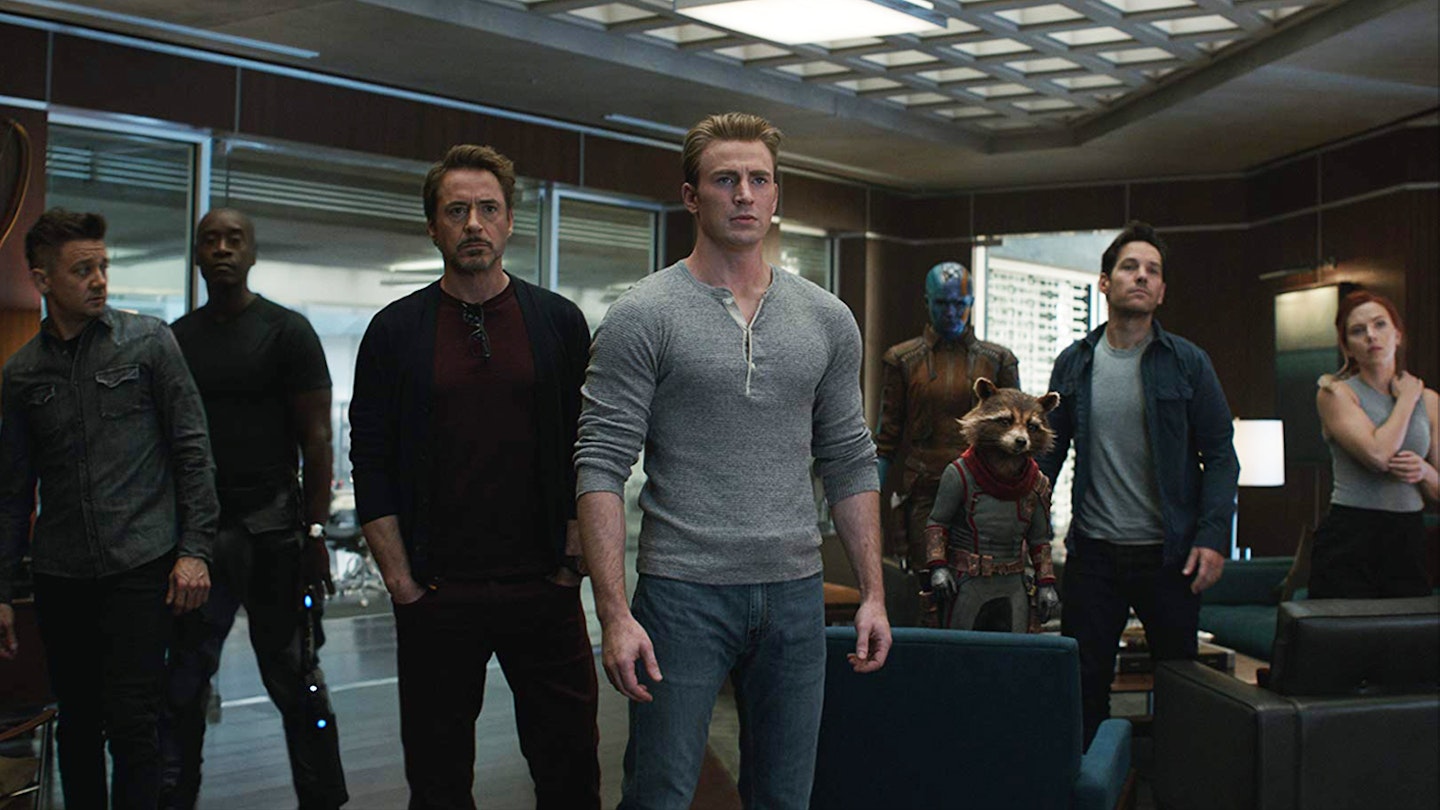Here’s a conundrum: how do you wrap up a 22-movie saga, follow up the most iconic shock blockbuster ending since The Empire Strikes Back, and provide a satisfying ending for some of the most beloved screen heroes of the last decade? If you’re Avengers: Endgame, you do it with stunning ease – the Marvel Cinematic Universe’s latest offering a powerful, emotion, thrilling and playful three-hour epic, stuffed with fan service and jaw-dropping pay-offs. Empire sat down with the films directors, Anthony and Joe Russo, and its writers, Christopher Markus and Stephen McFeely, for some spoiler-heavy conversations, talking the film’s major revelations, twists, deaths, and more – and they delivered all kinds of fascinating insights into one of the biggest movies of all time.
Listen to the full interviews on the Empire Podcast spoiler special here – and keep scrolling to read 26 tidbits from the filmmakers, covering the beginning, middle and end of the Endgame.
SPOILERS FOR AVENGERS: ENDGAME AND AVENGERS: INFINITY WAR FOLLOW
THE FAN THEORY
1) Ant-Man wouldn't have survived going up Thanos' bum
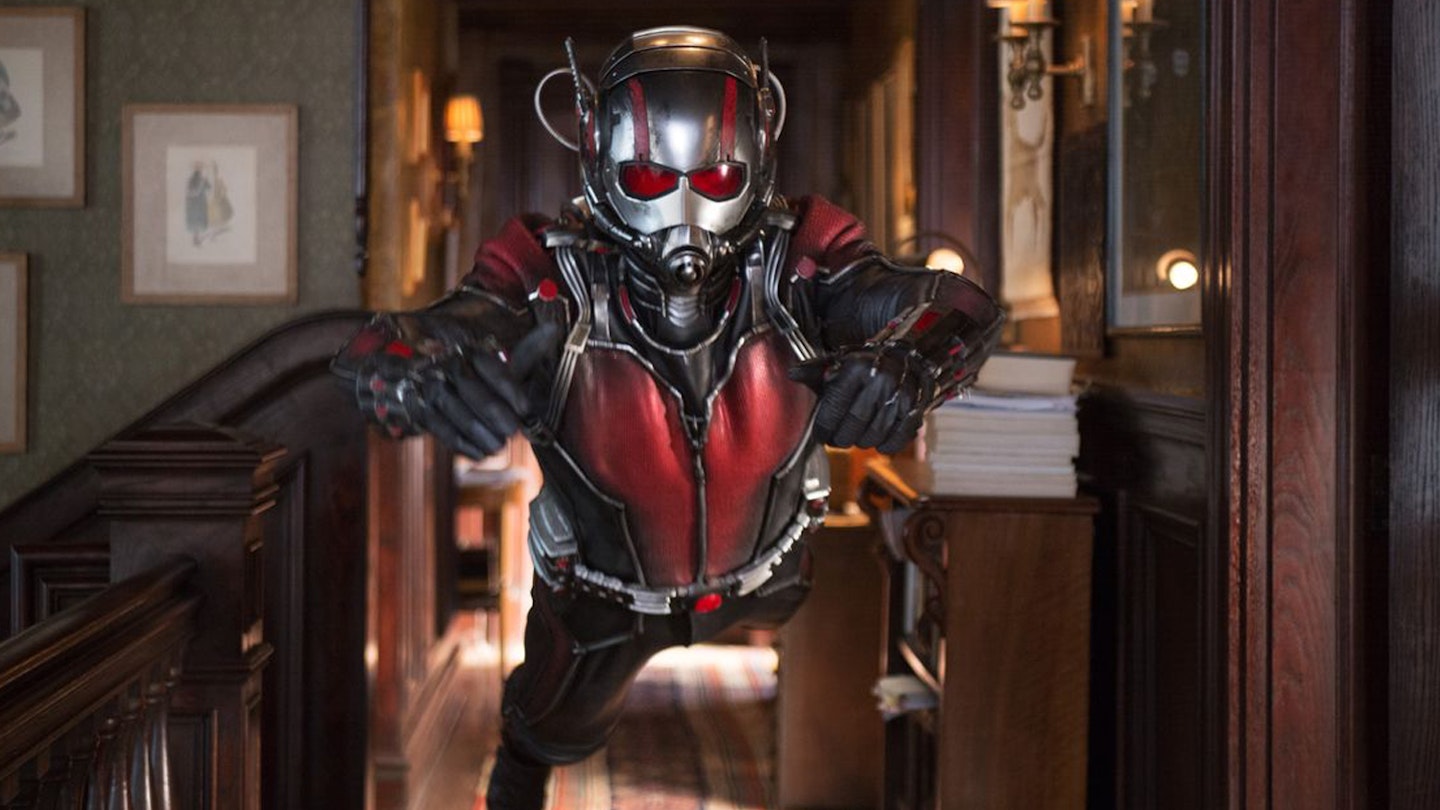
Sorry, anyone who counted on the Endgame being a miniaturised Scott Lang taking a trip up Thanos’, er, quantum realm and re-expanding in explosive style. “Thanos could take a punch from the Hulk, we've seen that. And it stands to reason his whole body is at least as strong as that,” Markus explains. “If Ant-Man expanded, he would be simply crushed against the immovable walls of Thanos’ mighty rectum.” Now that is an image.
THE INFINITY WAR AFTERMATH
2) The Snap doesn't count as a cliffhanger
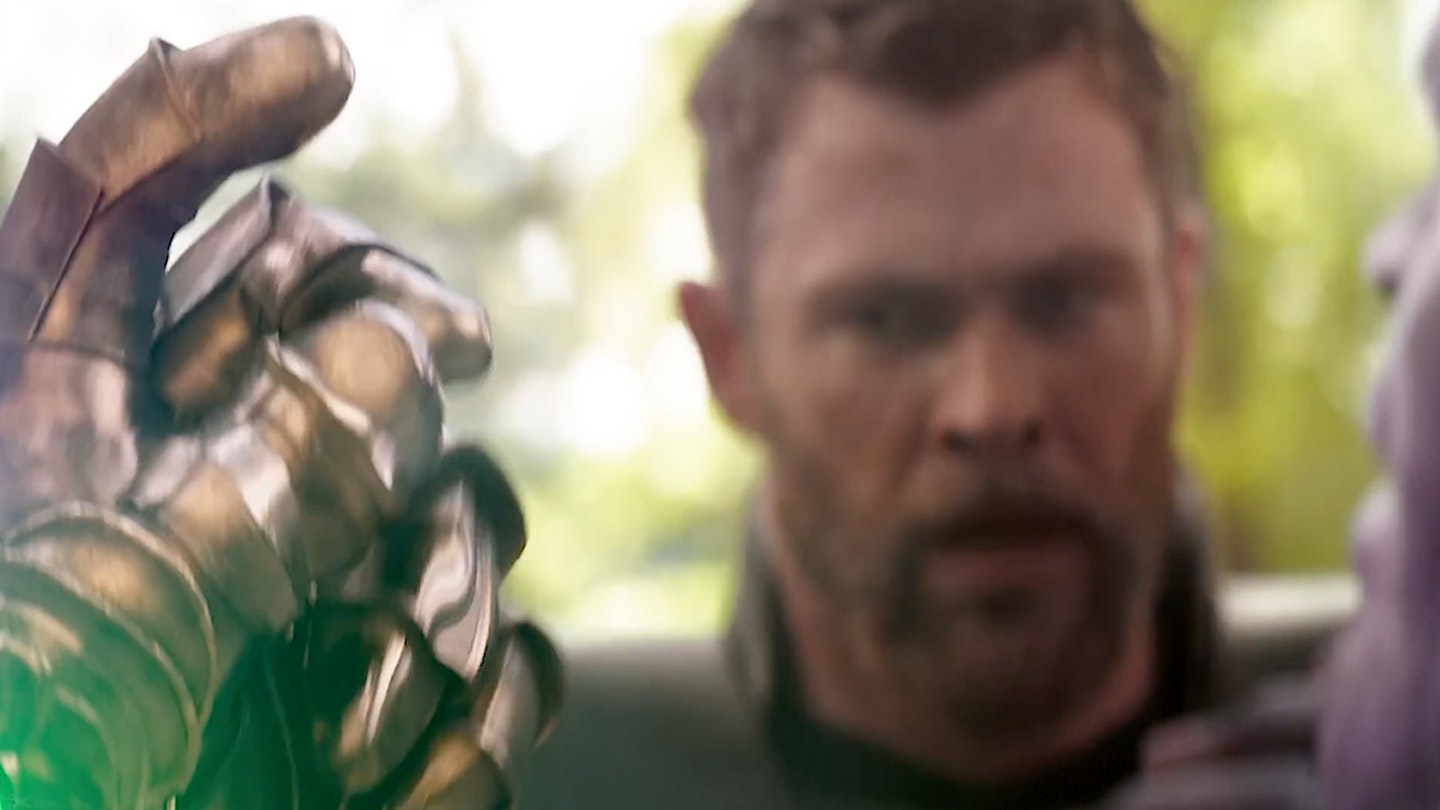
OK, so Marvel was never going to leave Black Panther, Spider-Man, Doctor Strange and co as piles of dust forever. But while Endgame sees the undoing of Infinity War’s instantly iconic down ending, the writers insist that The Snap is no mere cliffhanger. “Heroes lose all the time at the end of act two, and it usually lasts five minutes and then they're back out of it. We didn't want to do that,” says McFeely. “It seemed like a cheat. People accuse that first movie of being a cliffhanger, but I'll go to my grave saying it's a tragedy. A cliffhanger implies that you're going to resolve it quickly, and we did not want to do that.”
3) The Snap isn't just Star Lord's fault
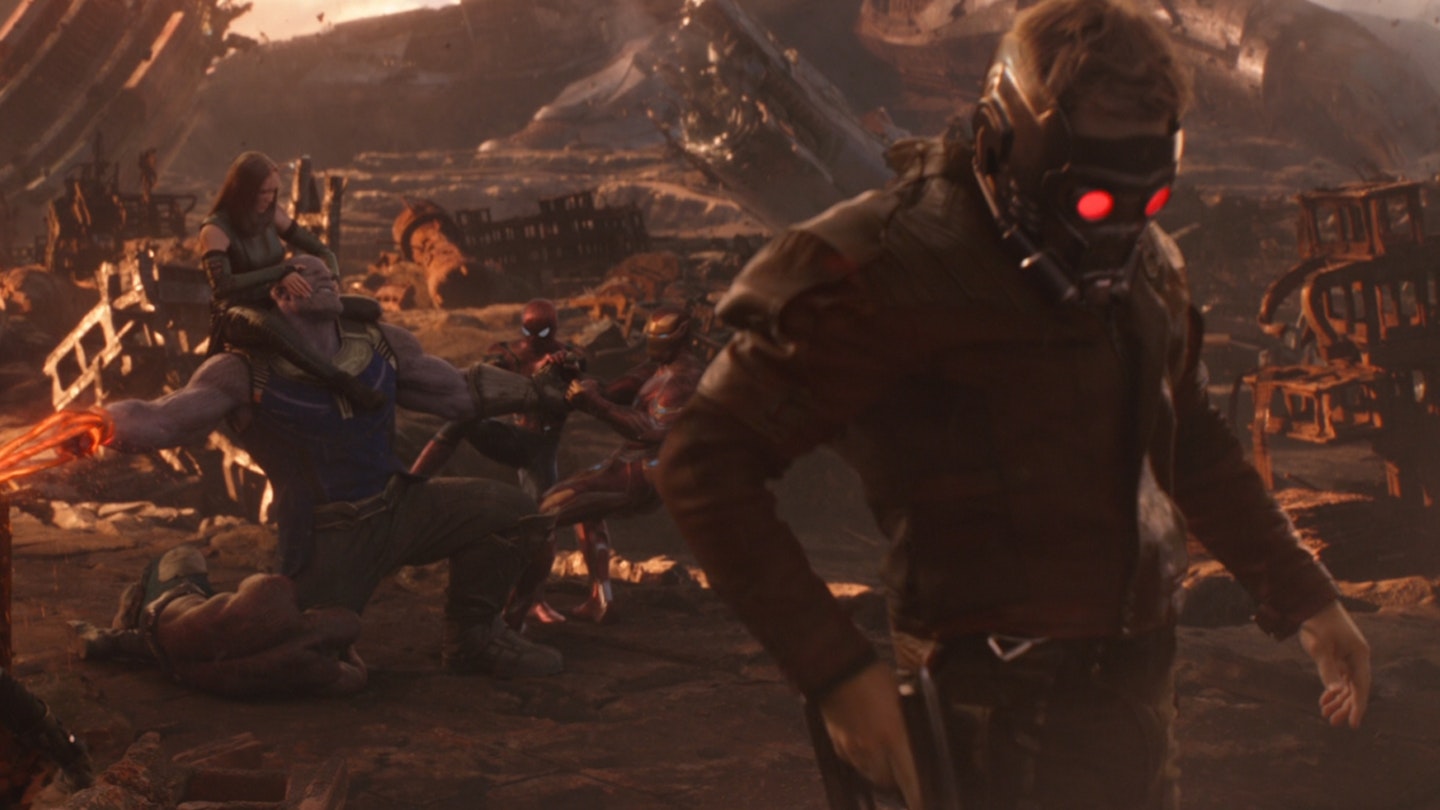
The Avengers come incredibly close to defeating Thanos several times during Infinity War – particularly on Titan, when Mantis manages to subdue the Mad Titan and Spider-Man nearly nabs the Gauntlet. Until Star Lord enters, that is, and punches the villain for murdering Gamora. Cue internet outrage that Peter Quill messed up the gang’s best chance at avoiding the Snap – though the writers are more sympathetic towards him. “If you’re standing in front of your girlfriend's father and find out that he just killed your girlfriend, you're gonna hit him in the face!” argues Markus. “I just think it's totally emotionally understandable, particularly when you add in the scene where [Quill] was supposed to kill her.” McFeely agrees, pointing out the other Avengers also failed to assassinate Thanos. “[Star Lord] is one of many reasons why they don't win. All you've got to do is cut his head off – Thor's at fault. Tony and Steve, if they got along there's a good chance... There's a lot of blame to go around.”
4) The Hawkeye scene is a tearjerker for Joe Russo
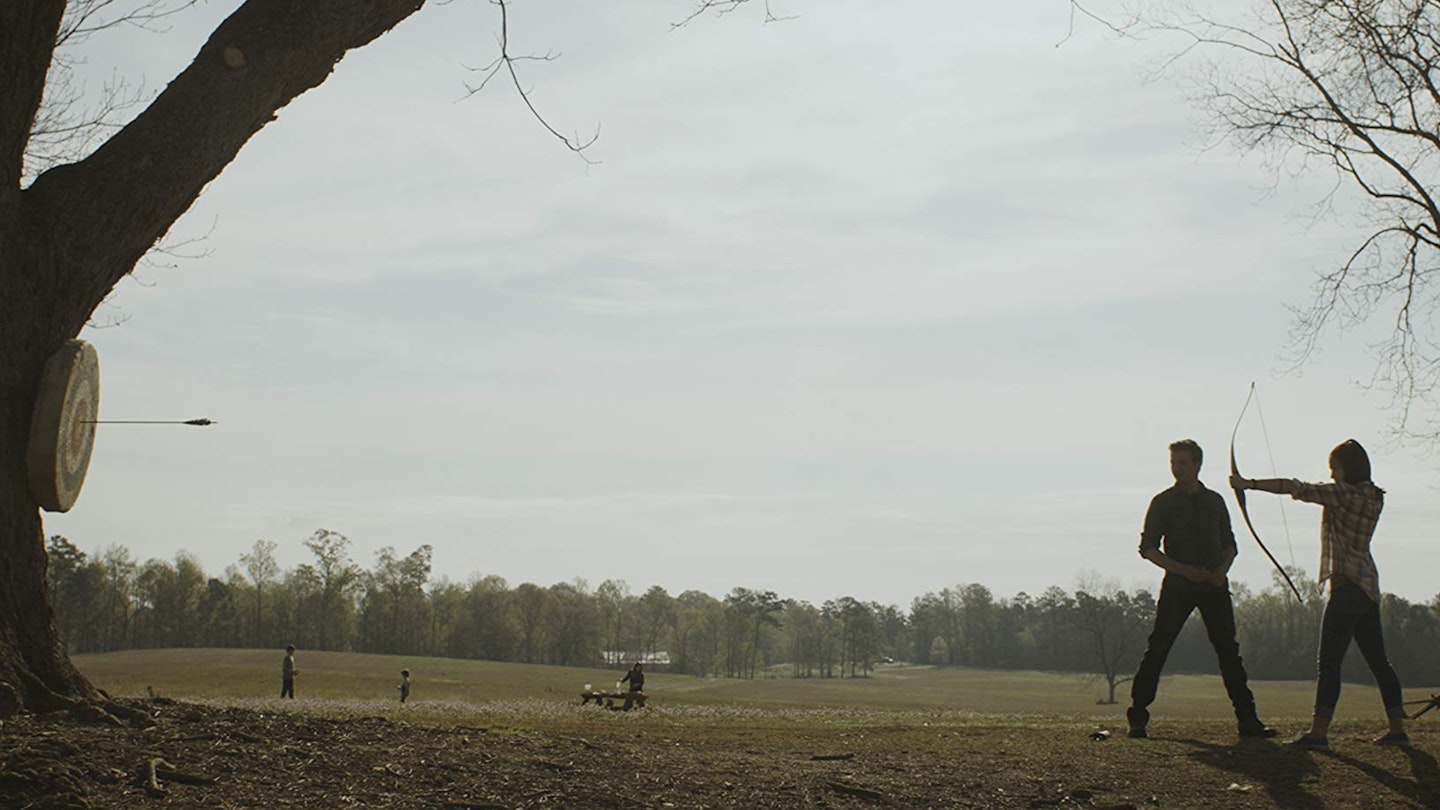
The sense of tragedy in Endgame is immediate, with the film opening on a scene of Hawkeye losing his entire family in the Snap. It’s a scene that was originally intended for Infinity War but proved the perfect way to reintroduce Clint Barton in the MCU – and for director Joe Russo, it’s a real hard-hitter. “I've got four kids, and it's a very tragic scene to open the movie with. It's one of the few scenes in the movie that actually makes me tear up when I watch it, because I think about my own family,” he admits. “And then you think about what would happen to you, as a father. You'd become very self-destructive.”
5) Robert Downey Jr. improvised that 'Liar!' moment
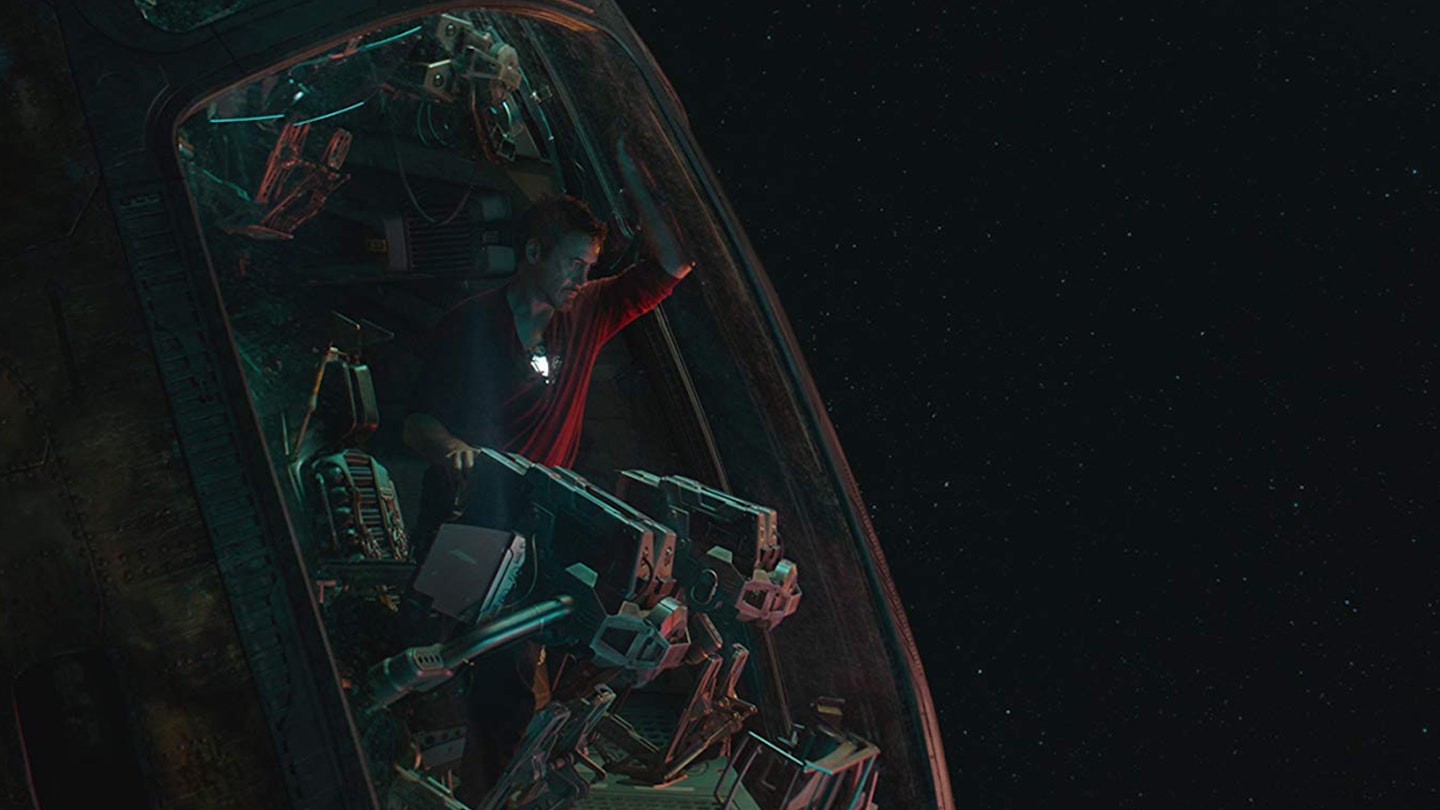
When an emaciated Tony Stark is saved from starvation in the cosmos by Captain Marvel, his rearrival on Earth brings him face-to-face with Steve Rogers for the first time since their emotional fracas in Civil War – and it’s fair to say Stark is still holding a grudge, wrenched as he calls Rogers a ‘liar’. It’s a note that came from Robert Downey Jr himself. “I think that was one of Downey's most inspired performance moments in the movie,” says Anthony Russo. “He very much reverts to, this is the guy who felt forsaken by his father – you can see his intimacy and trust issues in that moment when he turns on Cap. Downey performed the scene with a lot of energy. We didn't do it many times, because he was expending himself so, so much. He understood it very well.”
THE ‘FIVE YEARS LATER’ JUMP
6) The time jump was inspired by whe 'What If?' comics
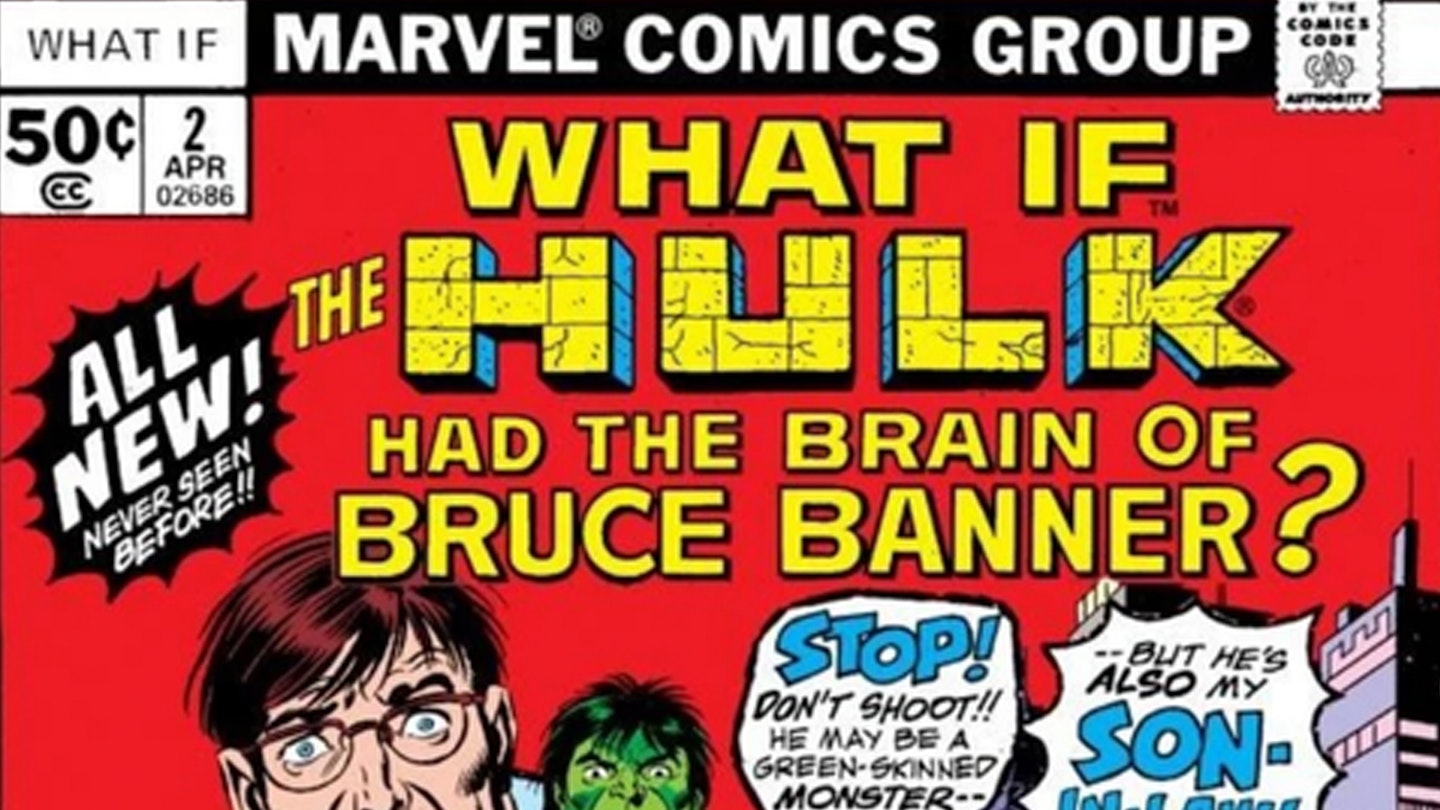
Marvel is currently working on a What If? series for the Disney+ streaming service, based on a series of comics that reimagines storylines with one key non-canonical change – but its influence has already been felt in Endgame. McFeely confirms the What If? stories offered major inspiration in how to change the Avengers post-Snap. “By jumping five years, you get to have 'What if Tony got married and lived happily ever after?'; 'What if Hulk became basically the only super-hero and was smart?'; 'What if Cap seemed like he might want to give up?'; 'What if Natasha never left the house and was the last woman on the wall?'; 'What if Thor became a fat drunk?',” he says. “That was the idea to do that, but not as What If – keep the stakes. That all happened, it's all part of canon."
7) The visual palette shifts to reflect the time jump
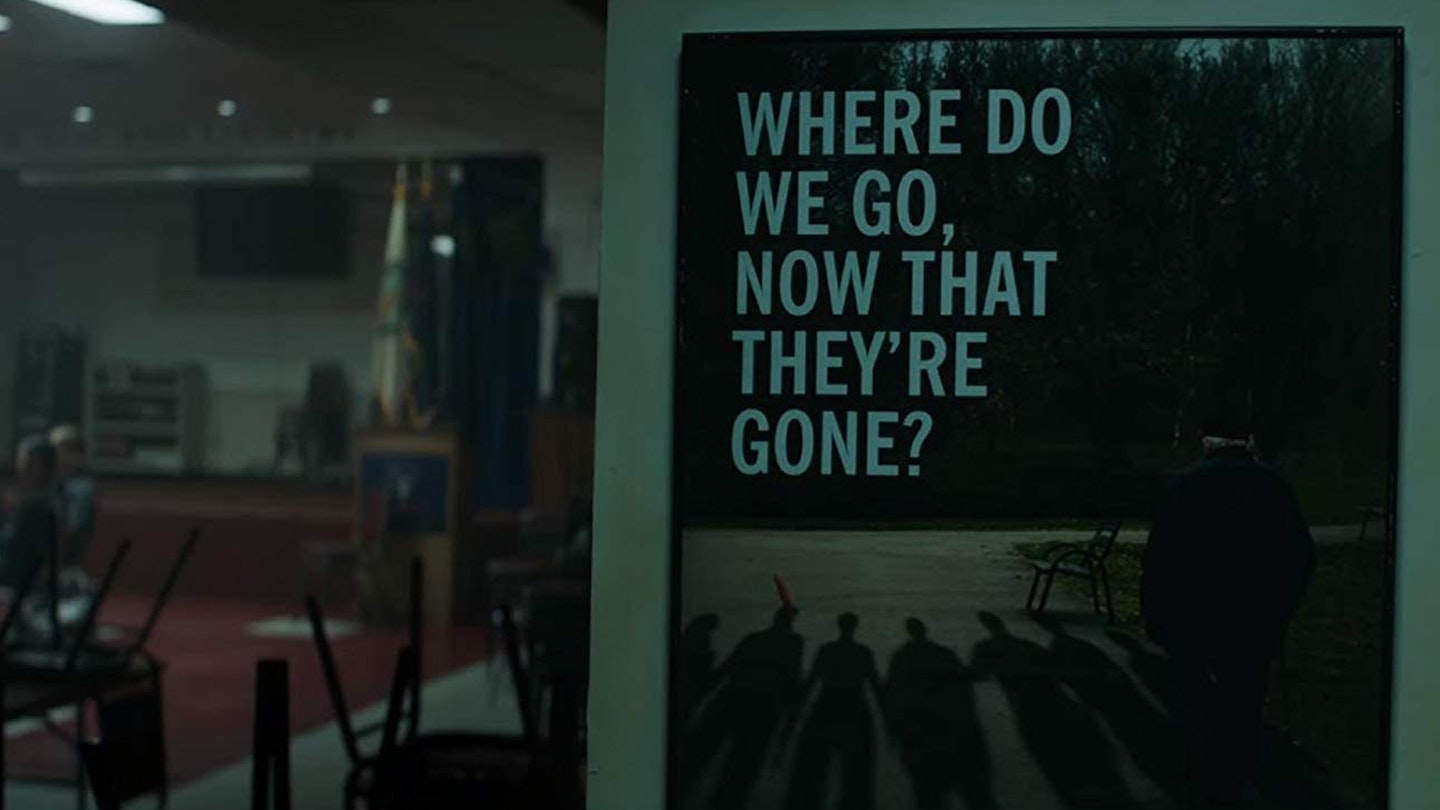
When the Avengers kill Thanos in the opening act of Endgame, it should be a triumphant moment – and yet it isn’t. Nothing is fixed, the Infinity Stones have been destroyed, and all hope seems lost. The future jump reflects that mood in a visual manner. “At 'Five Years Later', you'll notice it gets a lot bluer, cooler tones. We wanted a more depressive mood,” says Joe Russo. “The intention was to let the characters and the audience feel the effects of Infinity War, and then slowly transition into a different tone – you'll notice the movie starts to get funny around Hulk and the diner, where the tone is becoming hopeful again.”
8) The arrival of Brainy Hulk is a beacon of hope
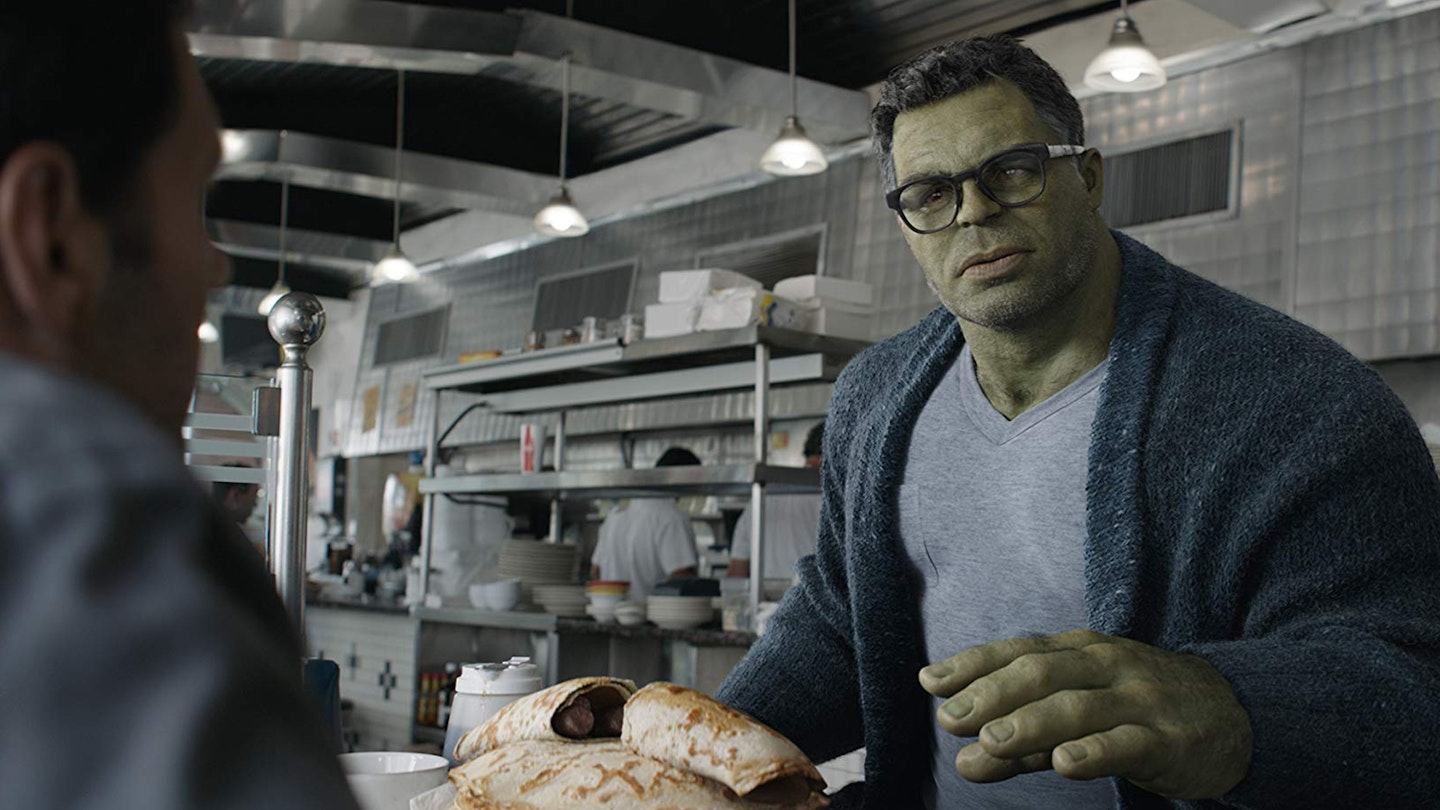
Every Avenger is changed in the five year gap that follows the beheading of Thanos, mostly for the worse – losing hope, finding addiction, or retiring from superheroism for good. And then there’s Bruce Banner, who holds a special place in the filmmakers’ hearts for the hope he represents. “In terms of the spectrum of how the Avengers were responding to what happened with Thanos, Banner is the sole character who is actually forging into a bright new future, trying to build something totally new and find something completely new,” says Anthony Russo. “Natasha is trying to maintain, some people are falling apart, but Banner is the one who is most heroic in a sense that he maintains his will to keep trying.”
TIME HEIST!
9) Tony Stark could have visited Asgard
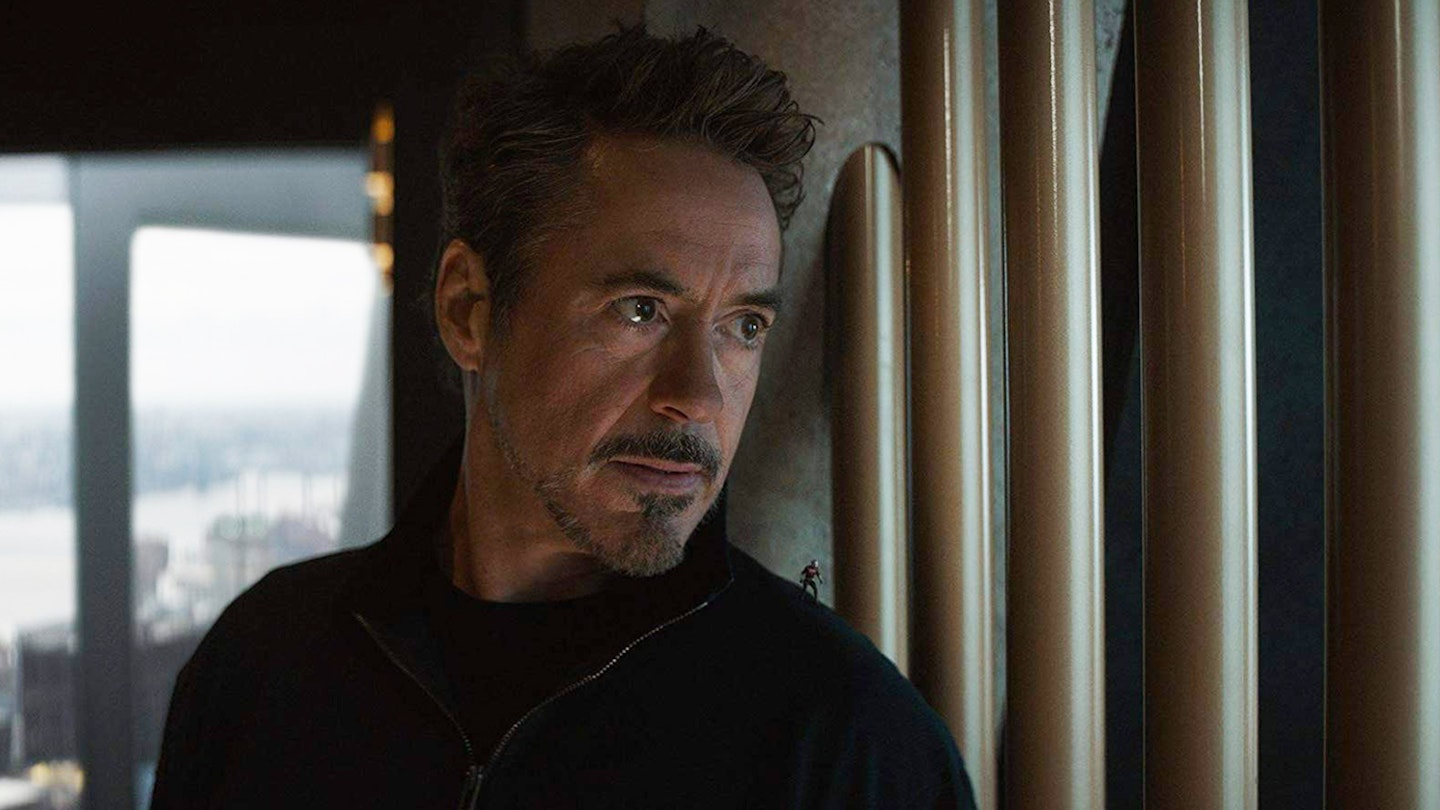
Once the time heist plot was decided on, the writers had the task of figuring out which eras of the MCU the heroes would be travelling back to – with an early iteration sending Iron Man to one of the other Nine Realms. “Technically in Thor: The Dark World, the Tesseract is in the vault as the Aether is also there,” says McFeely. “So that sent Tony to Asgard, and he had an invisible stealth suit, and he fought Heimdall, who could of course see him. I think Joe [Russo] went in and said, 'Why don't we go in to Avengers? It's the biggest movie, it's the most fun, let's go.'"
10) Thor was reunited with Frigga instead of Jane Foster
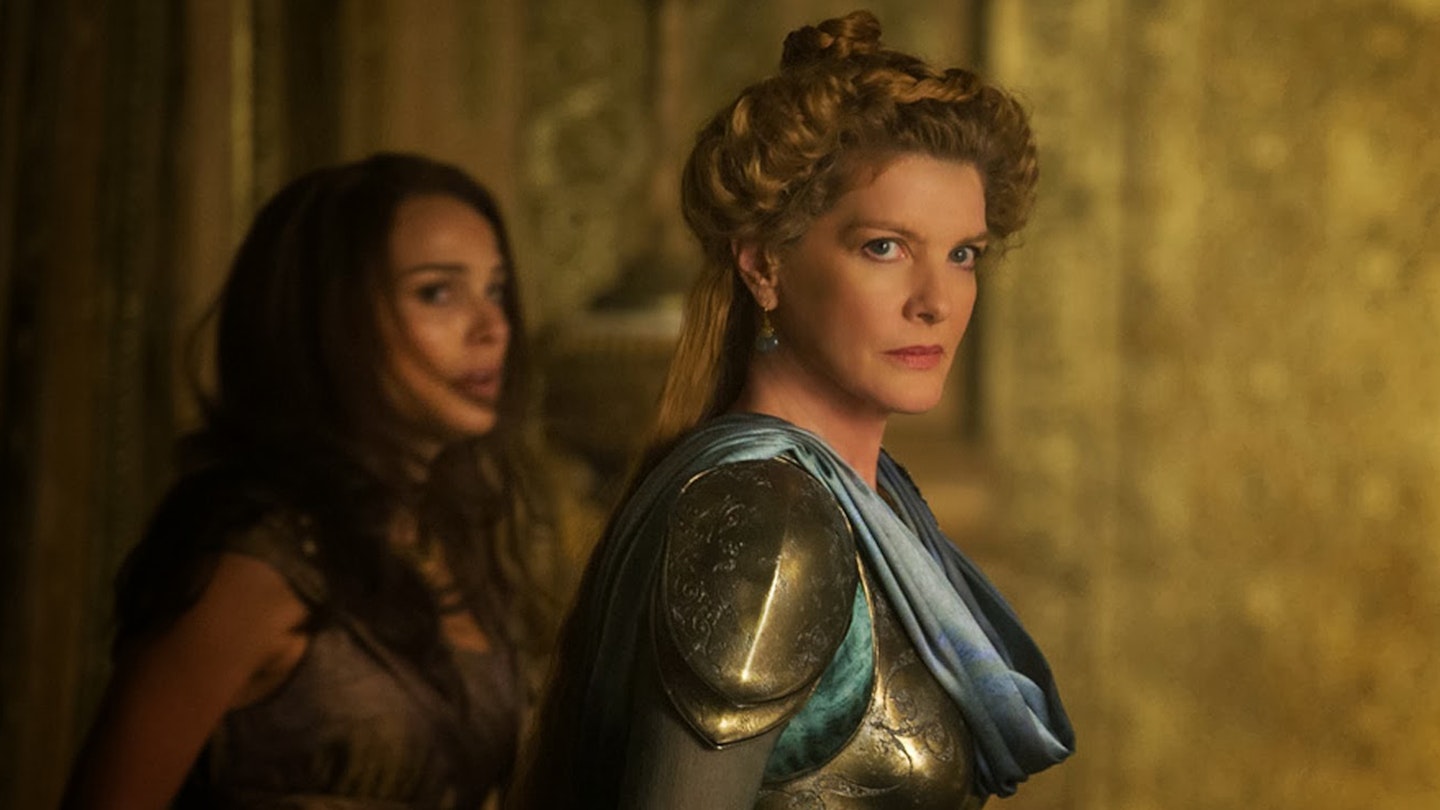
During the time heist, Thor is afforded a beautiful reunion with his late mother Frigga, who tells him the exact words he needs to hear in order to rebuild and forgive himself for failing to vanquish Thanos in Infinity War. According to McFeely, that reunion wouldn’t have involved Odin (“The MCU didn’t need more father issues”), and ended up not being with Natalie Portman’s Jane Foster because “it wasn’t a romantic relationship he needed to repair”. Co-writer Markus agrees: “He had some Jane Foster time in one draft. But that didn't seem like his issue. He's reduced to a childlike state in his cabin over there in Norway, and he needed advice from his mom, basically. Someone needs to go, 'You're OK. You're a fuck-up, and you're OK.”
11) There's a (sort of) cameo by a medieval saint
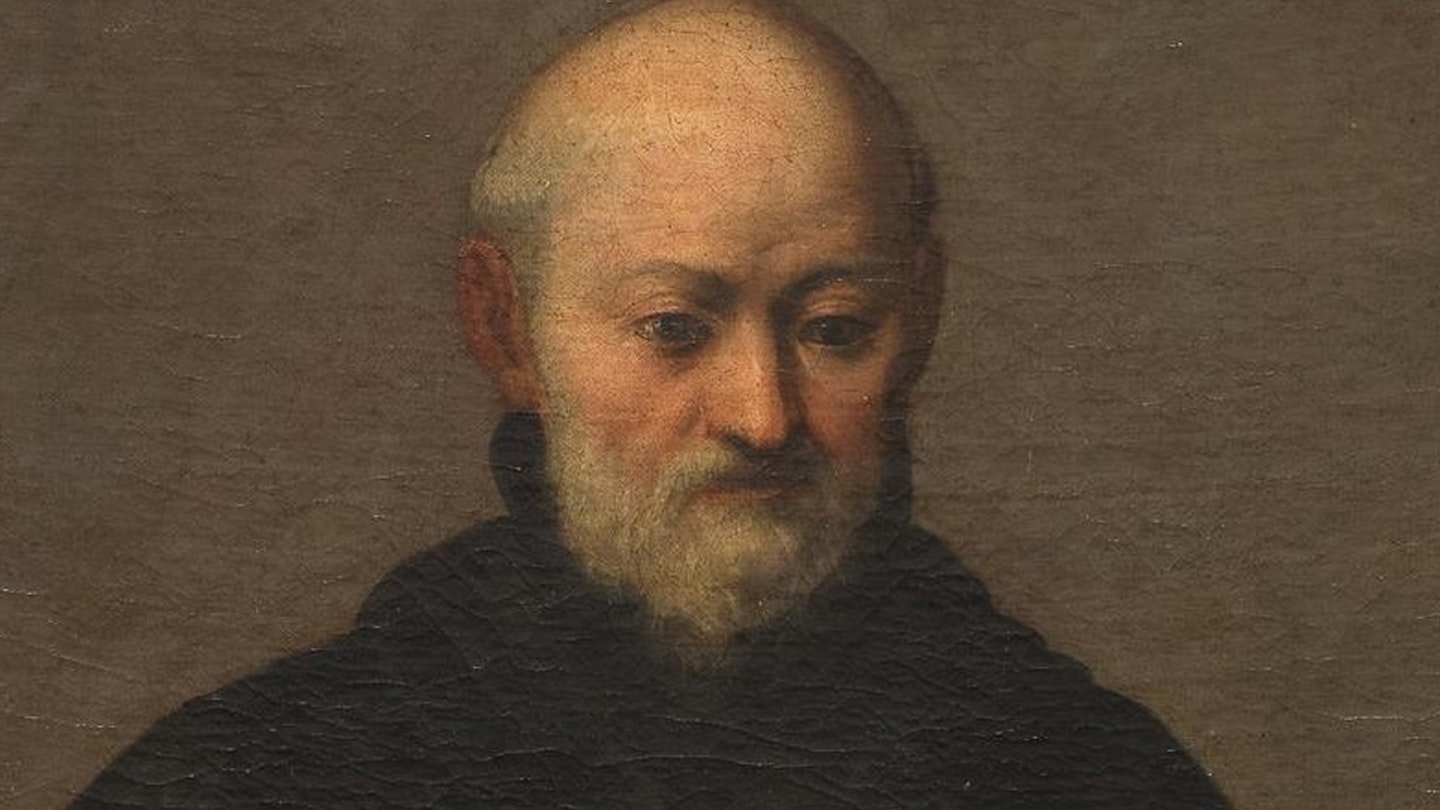
Cameos are a standard part of comic book movies (more on Stan Lee’s final MCU cameo later) – but has one ever had a sort-of appearance from a 7th century saintly scholar? Endgame’s Asgard scenes were shot in Durham Cathedral, meaning St. Bede was present, in a way, for a pivotal moment. "Frigga's bedroom is the crypt of the Venerable Bede. There's an actual Saint in that scene, just off camera," Markus says with incredulity, joking: “We were respectful of the whole place. ‘There's tacos over by the Bede, there.’”
12) The Stan Lee cameo was based on ‘70s Stan Lee
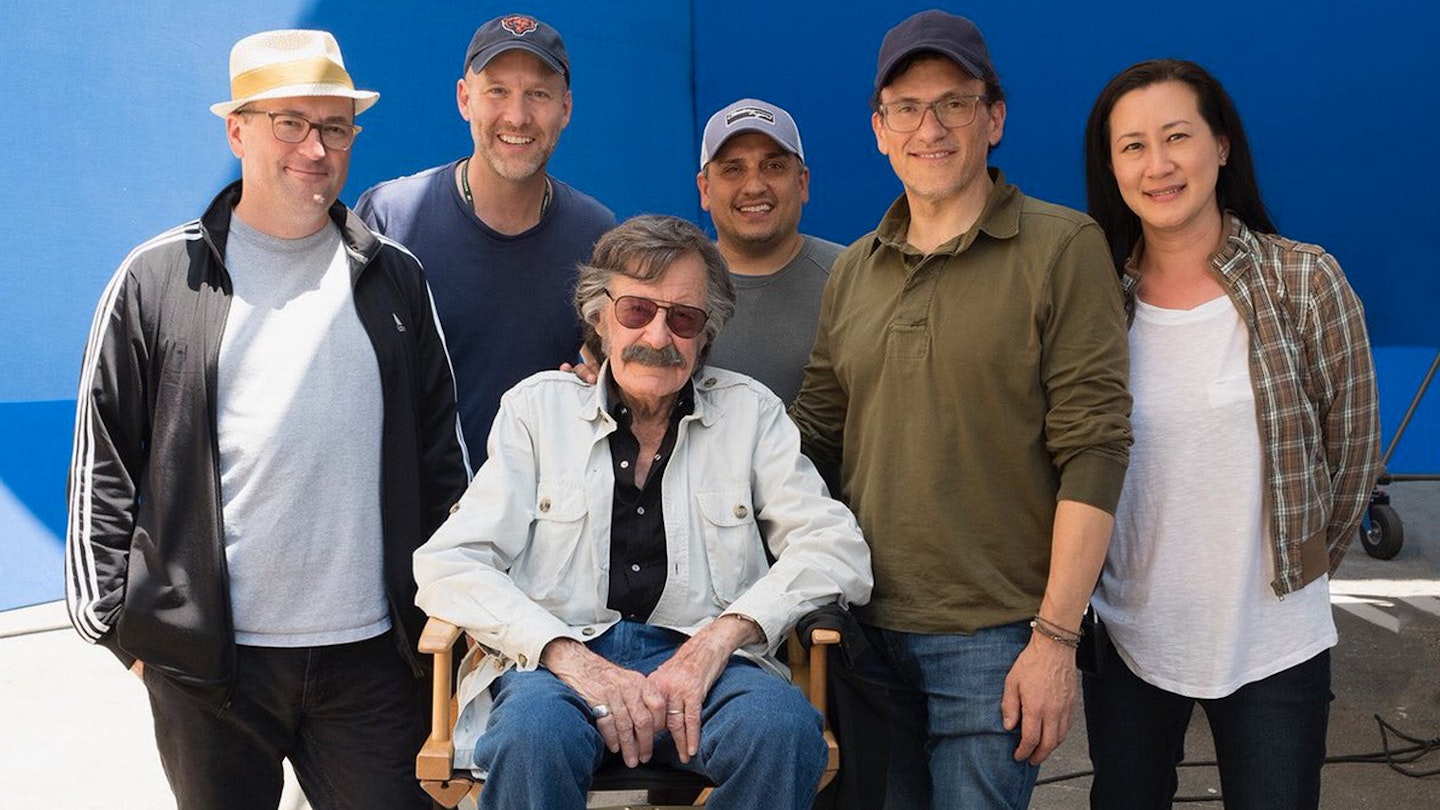
Endgame features the final MCU cameo from comic book legend Stan Lee – a joyous moment in the film’s 1970-set sequence, with a lusciously-locked Lee yelling “make love, not war!” from a passing car. Fittingly, his look in the cameo is based on pics of Stan from the ‘70s. “We had particular nostalgic fun with this cameo because we were going to the past,” says Anthony Russo. “We started to look at old photos – our visual effects team is so fluent with de-ageing techniques. We allowed ourselves to become very inspired and excited by old images of Stan. It was great fun.” According to Joe Russo, the arrival of the legend on set never failed to cause a commotion. “There's a lot of comic book fans who work on these movies, that's why they're attracted to work on these films,” the director says. “The crew gets very used to the movie stars, but when Stan Lee would show up, everybody was 10 again. It was a different energy on the set."
13) Black Widow's death wasn’t set in stone

Before Endgame even reaches its final act, one of the original six Avengers dies to keep the plot against Thanos in motion. But Black Widow and Hawkeye’s tussle on Vormir could have seen the sharp-shooter end up as the Soul Stone sacrifice instead of Natasha Romanoff – a decision which was long mulled over by the Russos and the writers. "We had a version where [Hawkeye] went over,” confirms McFeely. “I remember specifically our visual effects supervisor Jen Underdahl was reading it going, ‘Don't do that. Honour her choice.’ And we took it very seriously. Many of the women on the crew were passionate about giving her the hero moment – don't take it away from her.”
Part of the decision to make Natasha the one who finally plummets was to continue the redemption arc that her entire MCU journey so far has established. “Natasha is fascinating because she used to be a villain. It's not something you've seen on screen before, but she had a life prior to this that was the wrong life,” Joe Russo says. “The character had their identity stripped away and was turned into an assassin, then found a new family through her membership in the Avengers. It just seemed an incredibly heroic choice for her to make knowing that she had to sacrifice herself to preserve the future and the family.”
On a more practical level, the director says it’s logical that Romanoff would fend off Barton in a scrap. “We saw in Avengers that she's the better fighter,” he reasons. “So if it's going to come down to fisticuffs about who's going over that cliff, she's going to win. And she did win.”
THE SHOWDOWN
14) Thanos intentionally has less screen time
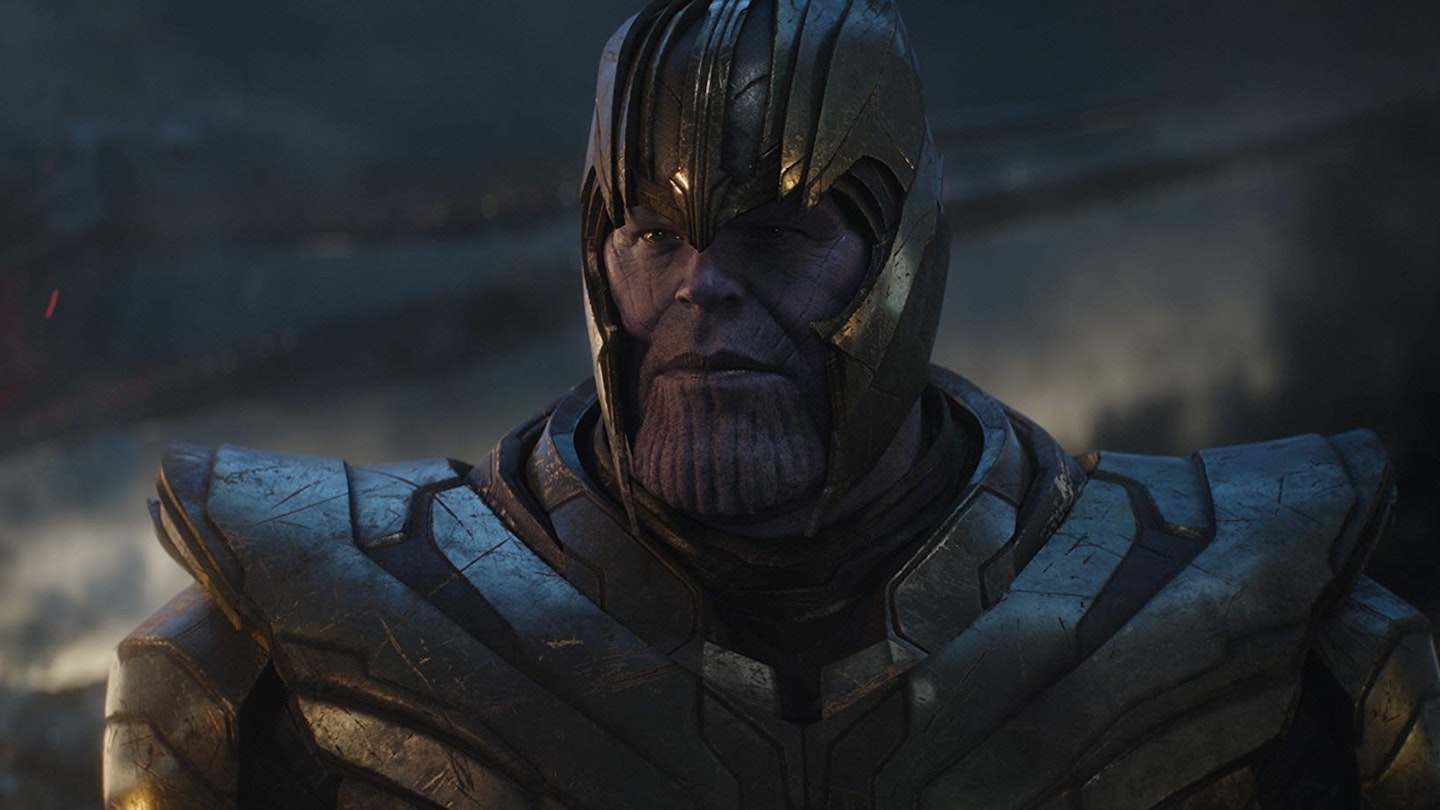
If there was a ‘main character’ in Infinity War, it was Thanos himself – the big purple baddie drives the plot and achieves his main aim by the closing credits. But that’s not the case in Endgame. “It’s definitely an Avengers movie, where the other one wasn't,” says McFeely. “We had to give ourselves permission to backseat the villain a little bit. I don't think anyone in the first half of the movie is going, 'Oh I wish there was a villain'. You're rolling around in the loss and the time heist, and you think it's sort of Avengers against nature."
15) The 2012 version of Thanos is ‘Warrior Thanos’
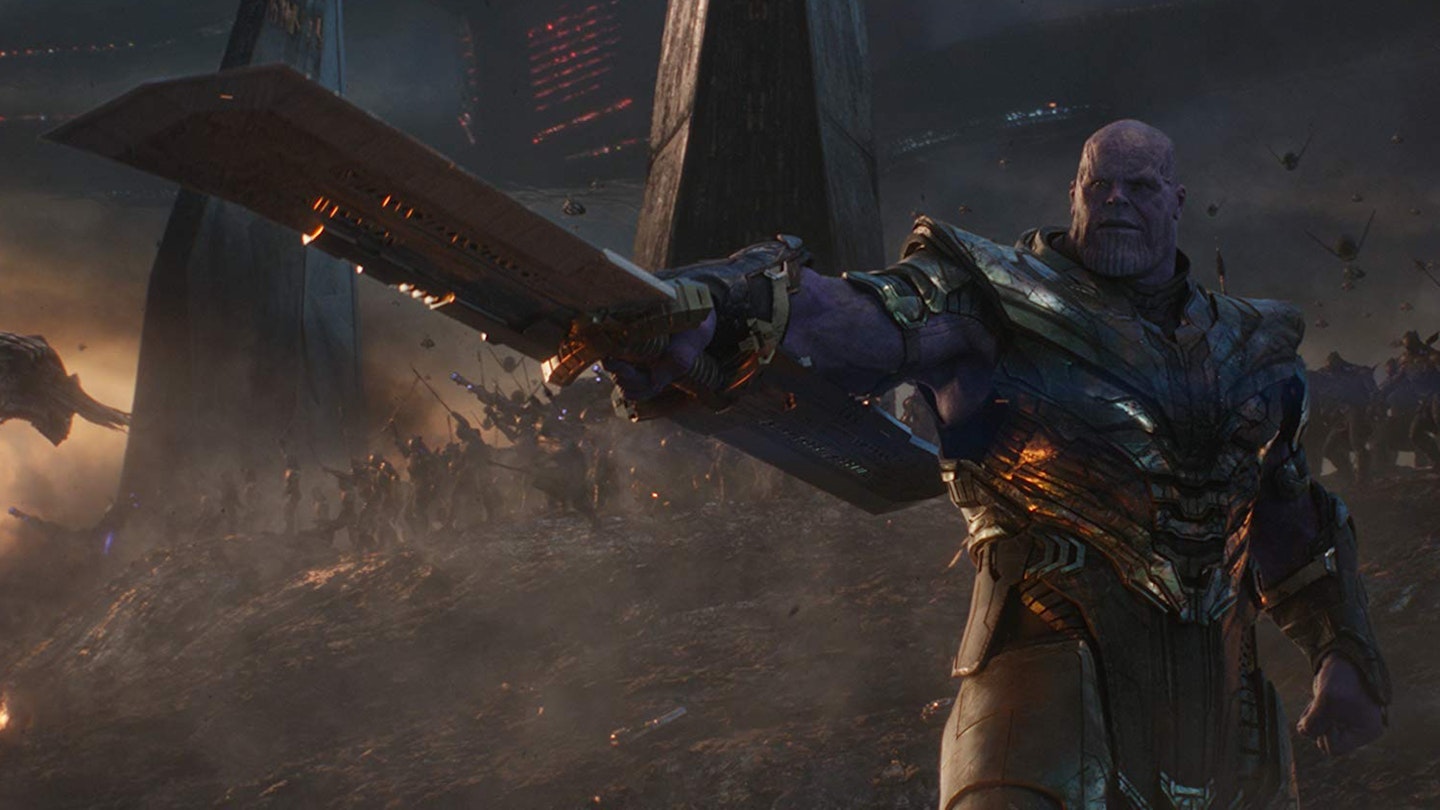
Dread him, run from him, behead him, Thanos arrives all the same – as the Avengers find out the hard way, when a 2012 version of the Mad Titan pops up in 2023 to make a play for the Infinity Gauntlet. This younger incarnation of the character has a different temperament – and the directors have their own nickname for him. "We refer to him as Warrior Thanos,” reveals Anthony Russo, “the version of the character before he put down his armour and became enlightened and wanted to search for the stones. He's angrier – it might be his flaw in the film, that he's a little bit more precocious and self-confident, not quite as enlightened.” The writers also sought to bring a more dangerous edge to Thanos as he appears in Endgame. “He is, oddly for all the damage he does in Infinity War, a mellowed-out, philosophical Thanos,” says Markus. “And we wanted the warlord in this movie, who hasn't quite worked out all the nuances yet."
16) Hulk lifting Avengers HQ is a Secret Wars nod
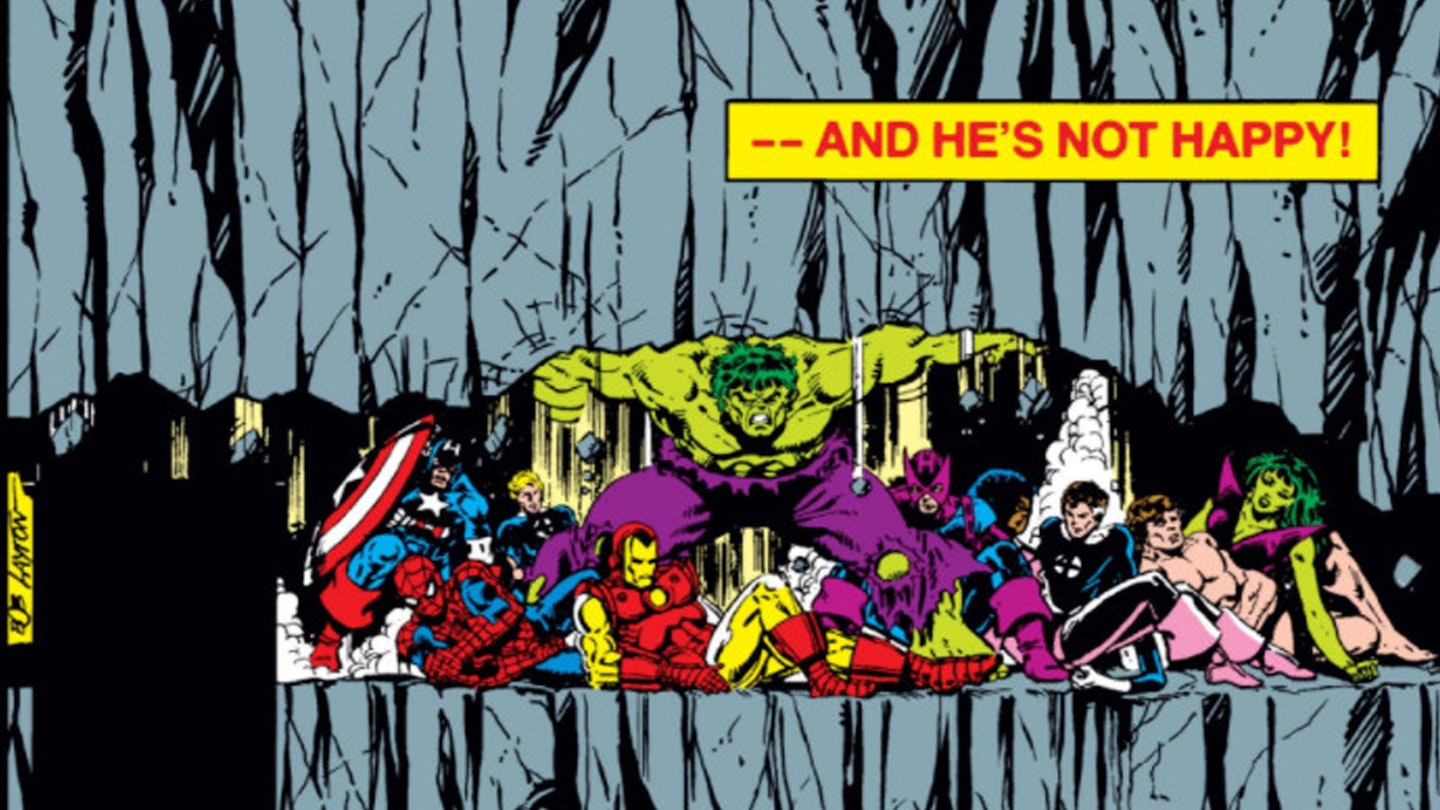
In the wake of Thanos’ attack on Avengers HQ, the Hulk lifts the piled-up rubble with his incredible bulk – an image that felt familiar to all fans of Marvel’s Secret Wars comic run, which saw the big green guy hold up an entire mountain. According to Joe Russo, the Endgame moment is “one hundred percent” a reference to that stunning comic panel.
17) Thor's transformation had to stick

The God Of Thunder’s physical transformation during the five year time jump is a move that few audience members would have predicted – and while there’s debate over how sensitively his weight gain is handled, it’s undeniably impressive that it’s not undone by the closing reel. “The end of Thor's journey is not simply a return to who he was before he became depressed,” Anthony Russo explains. “The end of Thor's journey is the arrival at a new state of understanding of himself and his world. He's yet another character moving forward. The idea of simply changing him back I think undermined the idea that that’s not who Thor is anymore.”
18) Cap lifting Mjolnir was long planned by Kevin Feige
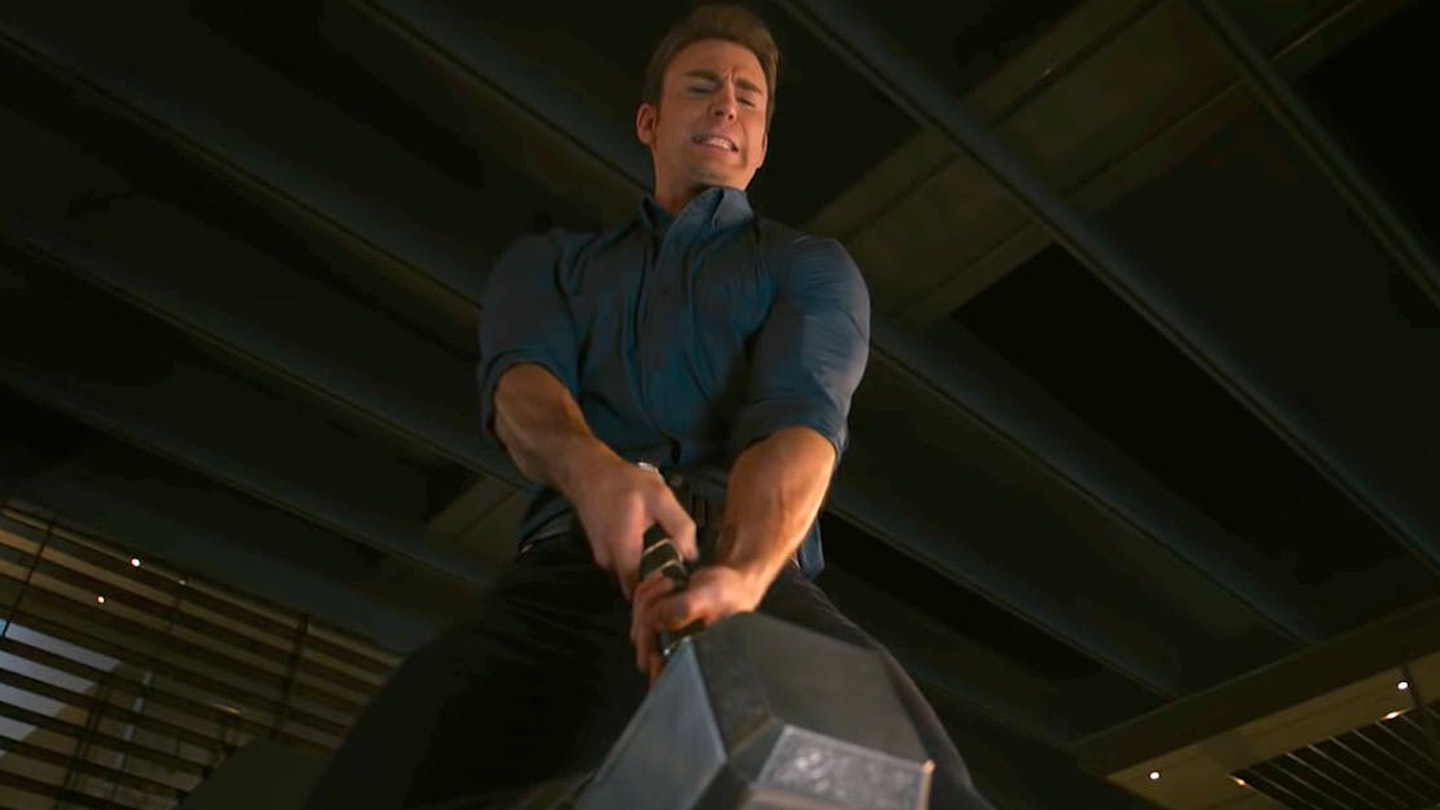
Ever since Avengers: Age Of Ultron, the seed has been planted that Captain America might just be worthy enough to lift Thor’s hammer. It’s a moment that’s more than paid off in Endgame – and Joe Russo reckons Kevin Feige has had it brewing for years. “I'm sure it was probably in Kevin's mind well before [Ultron], which is why he probably asked Joss to include something like that. At some point he wanted to see Cap worthy,” says the director. “But it's one of those things that you can only pay off with 10 years of storytelling behind it. To know everything that Cap has gone through, and to see who he is as a character and all the choices that he's made, he is worthy. Even though he's made mistakes, which is I think fascinating – even in Civil War when he admits to Tony that he withheld the truth from him, it doesn't alter the fact that he's worthy.”
19) The portals scene soars thanks to Alan Silvestri
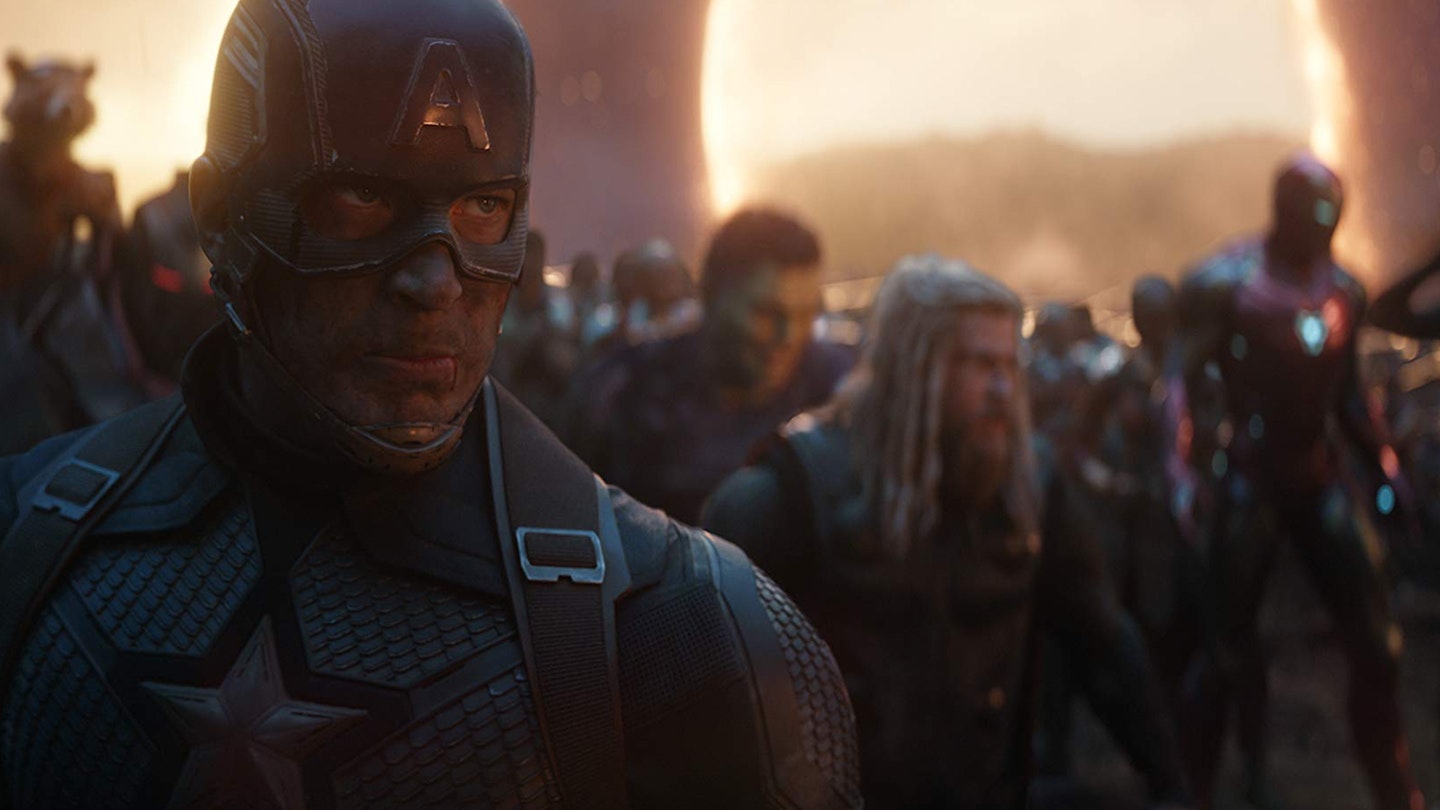
Arguably the film’s most stirring moment comes in the jaw-dropping rearrival of the Snapped Avengers, arriving on the battlefield through a bunch of Doctor Strange portals to offer Cap, Tony and Thor some much-needed assistance. And while it’s an epic moment, the writers and directors are all in agreement that it’s Alan Silvestri’s spine-tingling score that really makes it soar. “You have Alan Silvestri score an entire sequence, and that's when it really comes to life," says Anthony Russo, his brother Joe agreeing: “The sequence didn't reach its full impact until the score was applied to it."
In the writing process, it took a little while to work out when exactly to bring everyone back, an initial draft seeing the heroes all return to Avengers HQ before Thanos’ ship arrives to blow them all to hell. “They snapped it, and bam – everyone's there, and then Thanos attacked,” explains Markus. “It was fine, but the way it is currently makes it feel like the movie's not done. If you resolve it, then it's just a skirmish afterwards. But because you have not completed the primary task – everybody is not back yet – it still feels like there's a lot in the balance.”
The directors claim it was “a lot of trial and error” getting the fallen heroes’ triumphant return right, but the finished cut in the film matches their vision. “Honestly, I think it's pretty close to the Director's Cut in terms of the structure,” says Joe Russo. “We always knew that the most emotionally satisfying, arousing [thing] would be T'Challa turning up with the Wakandan army. You're in a moment now where you realise that Thanos has brought thousands of his minions to destroy the Earth. What's going to stand against this? Well, here comes Wakanda. That's an incredible moment. Peter Parker would be the other really emotional character return. It was structuring that sequence in a way that it kept building on itself as it went.”
TONY STARK, RIP
20) Marvel didn't insist on Tony Stark's death

By the end of Endgame, the original lynchpin of the Marvel Cinematic Universe is no more – Tony Stark sacrifices himself to wipe out Thanos once and for all. It’s one hell of a way to bring closure to a 22-movie arc. But while it makes perfect sense as a logical end for the original Iron Man, Stark’s death wasn’t insisted upon by the studio. “Marvel as a whole said, 'We think it might be a time [for Tony to die], but if you have a good reason not to do it, feel free – we'll do whatever',” says Markus. “But it really did seem like, particularly with what Tony experiences after the five year break – that he has gotten married, had a kid, and is living a very healthy, peaceful life for once, and he's had five full years of no surprises – that there wasn't anywhere left that he needed to go. This was a guy who had made his full journey, all the way to the end, had experienced a full rehabilitation of his character from being the douchebag in the back of the Humvee at the beginning of the first Iron Man. To have him make the sacrifice that Steve Rogers would have made had he had the opportunity at that moment, just felt really right."
21) It was logical that Tony's death would be snap-related
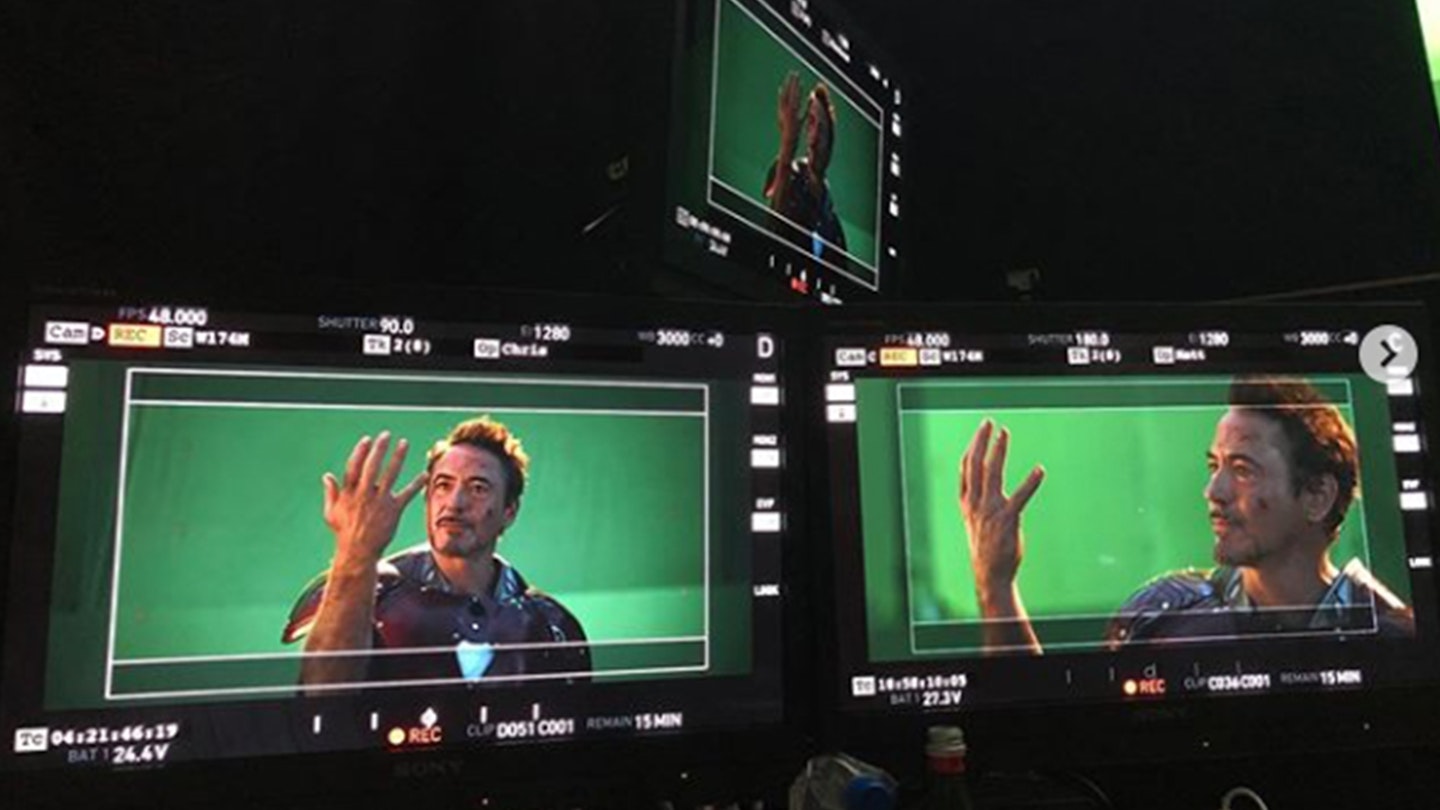
While Stark’s tragic death wasn’t decreed by Marvel, the logical conclusion of Endgame’s story threads organically led to the eventuality that Iron Man would be the one to snap Thanos out of existence, and pay the ultimate price for it. “We knew that the Gauntlet would have to undo the Gauntlet – it just seemed like a balanced way to approach the storytelling,” explains Joe Russo. “All these questions just become logical. Who has the technical know-how to create something that could hold the Stones? It would take a genius like Tony Stark to figure it out. He uses nanotech because Hulk's got to put it on, Thanos has to put it on, Tony has to put it on – one size fits all. This is all part of Doctor Strange's sad plan, to keep Tony alive at the end of Infinity War only so he could die later saving everyone. We felt like there was an incredible amount of tragedy in that.”
22) It was RDJ's choice for Tony Stark to die quietly
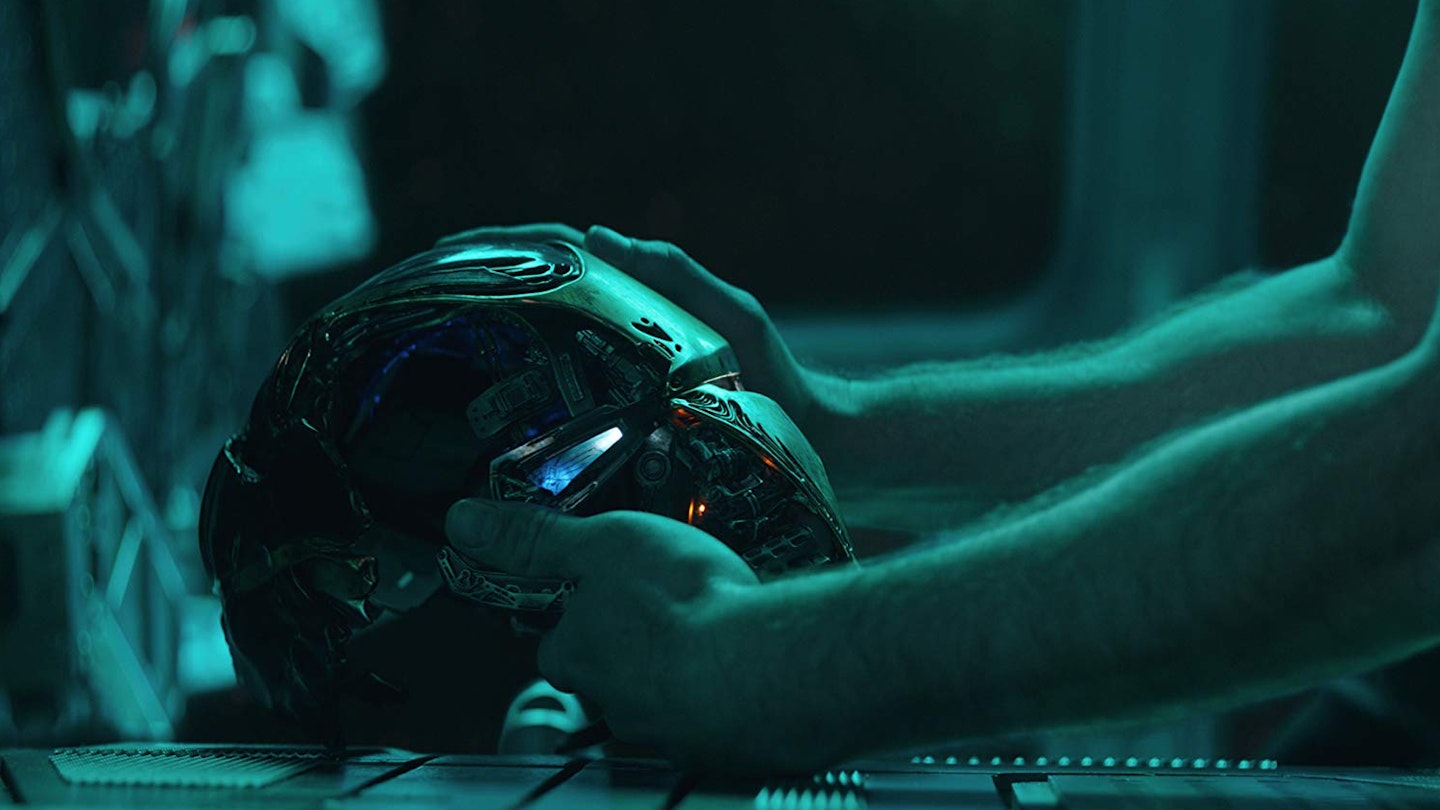
If Tony Stark had an actual super-power, it was his motor-mouth – firing out quips and one-liners with lightning-fast reflexes. But when it’s time for him to die he doesn’t utter a single word, a choice that came from Robert Downey Jr himself. “Robert was like, ‘I'm not going to say fucking anything. I don't want to talk, because it doesn't feel honest to me. And I don't think in that moment that he'd have the ability to speak',” reveals Joe Russo. “He was like, ‘I'm going to lay here, and you can let it unfold with the other characters, but I'm going to barely interact because that feels like a truthful choice to me’.” Needless to say, the directors agreed with the idea. “To have a character in that much pain, on the verge of death, it was important for us to create the feeling that when you looked at Tony Stark in that moment, you knew he was dying, and you had to process that in that moment,” adds Anthony.
23) Tony’s sacrifice changes the emphasis of Infinity War's ending
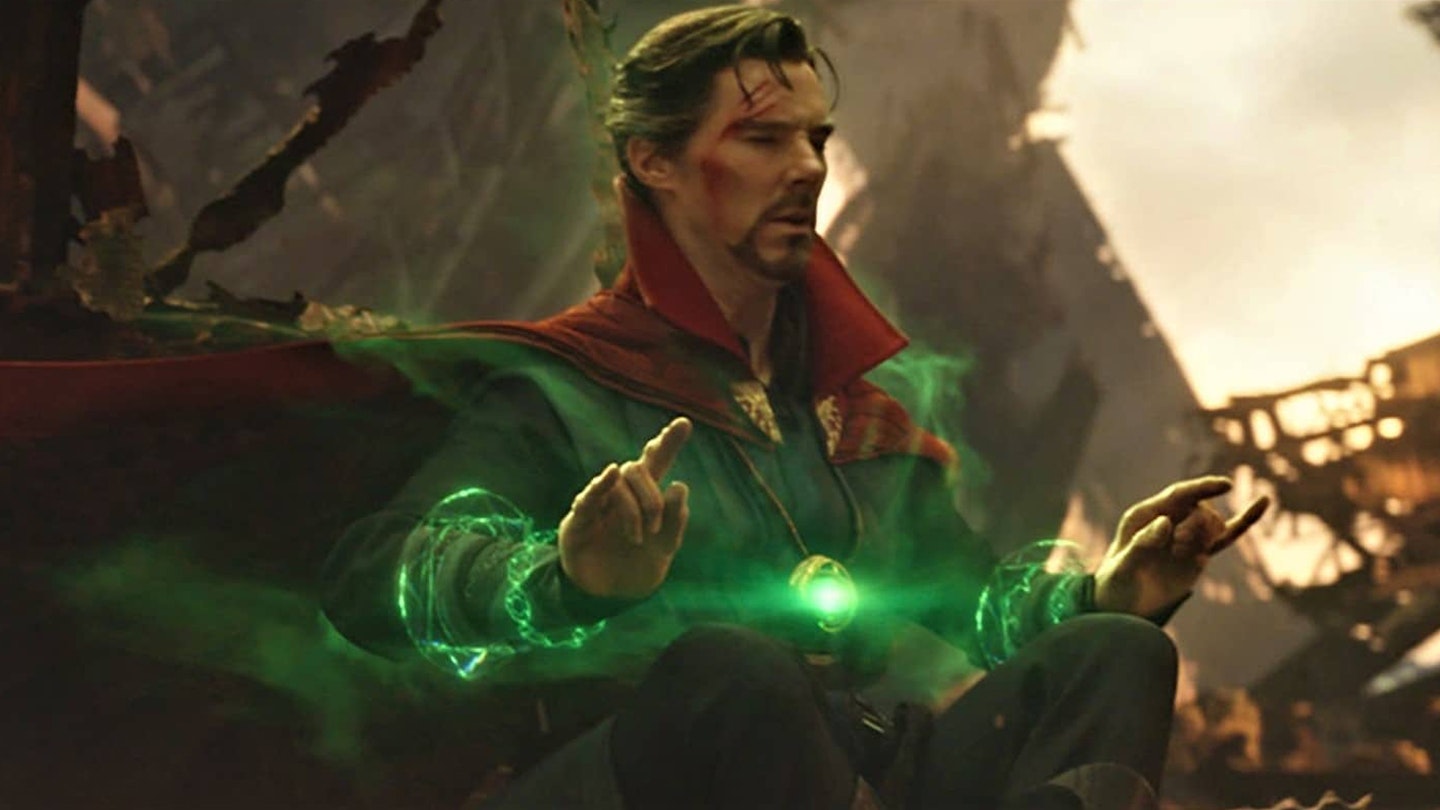
In Infinity War, we learn that the odds for the Avengers beating Thanos are near-impossibly slim – Doctor Strange seeing just one eventuality where Earth’s Mightiest Heroes triumph. And now that we know it’s Tony Stark’s final sacrifice to dust the Mad Titan, the writers promise you’ll watch that moment in Infinity War in a whole new light. “Cumberbatch takes a really long pregnant pause. And now that you know that he’s looking ahead to Endgame and Tony dying, and he says, 'One', you will only read it as, 'You have to die – there's no other way'," says McFeely.
24) Killing Cap would have been too depressing
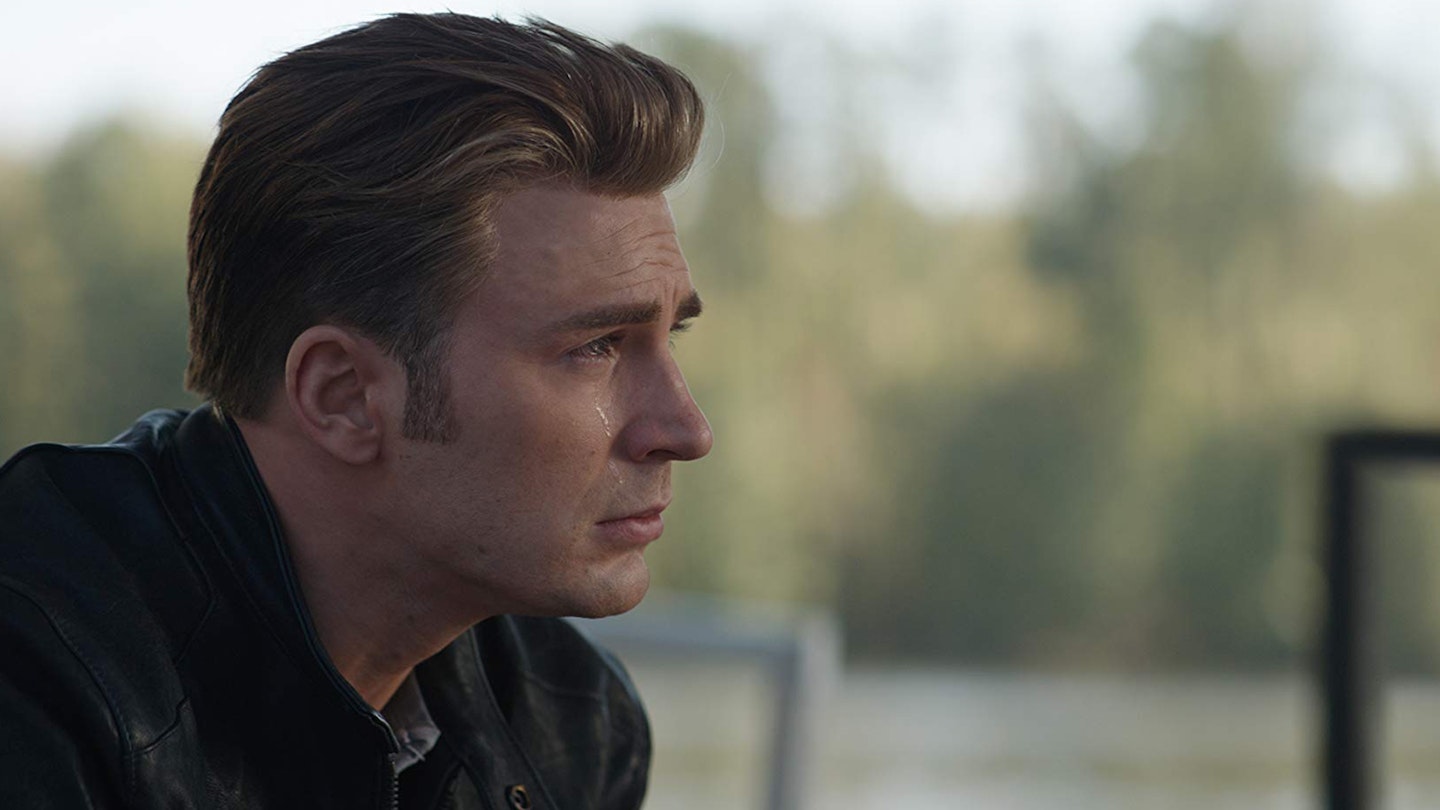
While Black Widow and Iron Man get tragic, heroic deaths, Captain America gets a different kind of emotional ending – heading back into an alternate past to live a happy life with Peggy Carter. Not only was it a logical end for his character arc, but it offered hope where killing him would have destroyed it. “Once you kill a beloved character like [Tony], you've got to have hope at the end of the movie in some regard, and the only person to give you that hope is the other co-lead,” says Joe Russo. “Had we killed both the leads, I feel like people would have been walking out into traffic after the film. The intention is not to destroy people, it's to hopefully tell a complex and dimensionalised story in a way, that makes them feel a varied range of emotion.”
25) The overriding theme is sacrifice
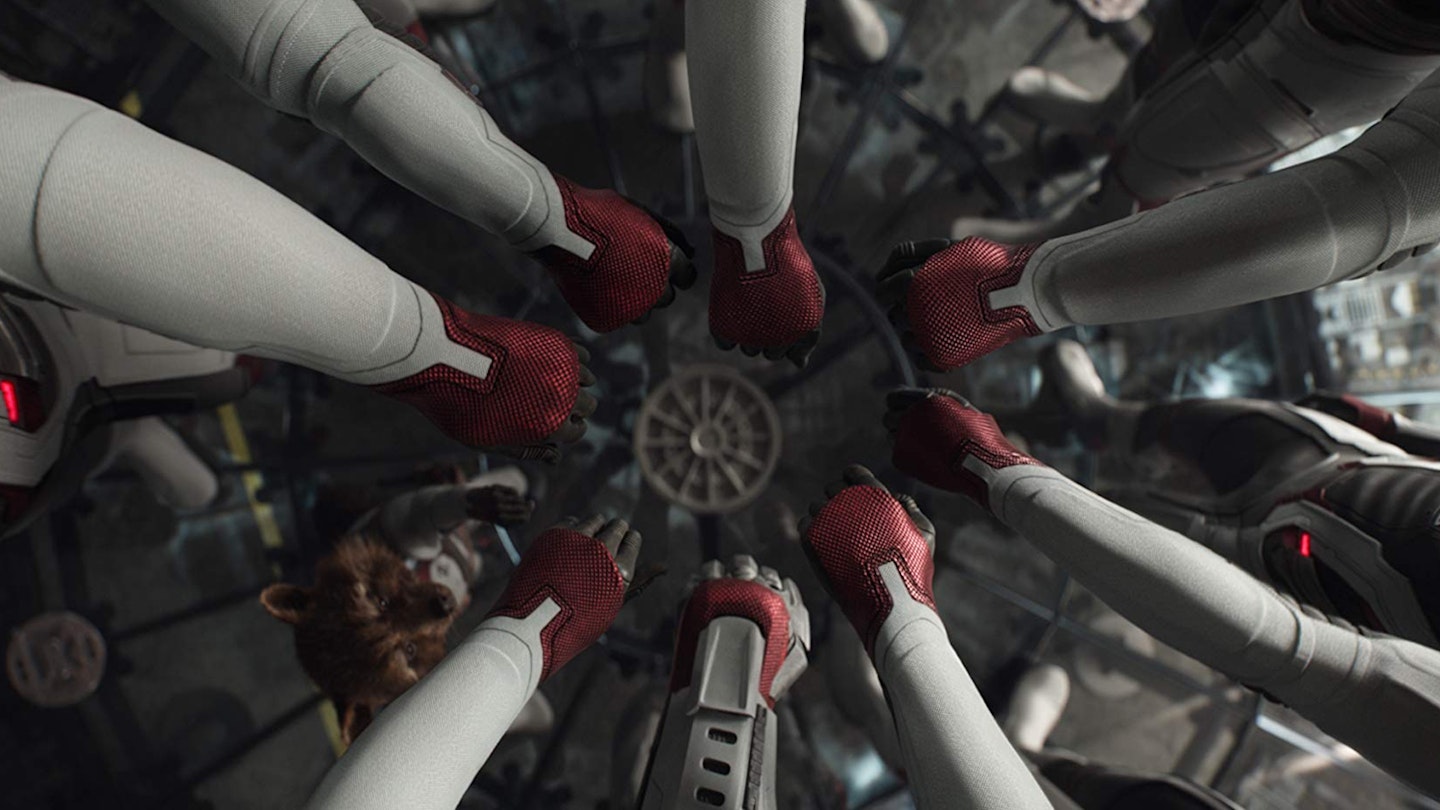
There’s plenty of thematic stuff at play in Endgame – parental reunions, predestination vs free will – but for Markus, the key throughline is one of heroic sacrifice. “Black Widow sacrifices herself. Tony sacrifices himself. Steve, whose stock in trade is sacrificing himself, manages not to. It's a nice reversal there,” he explains. The five year time jump not being written out also speaks to the film’s weighty consequences. “It's not fixed at the end – it's undone, but the five years are still there. The trauma is still existent."
THE FUTURE
26) The dead characters won’t be rebooted any time soon
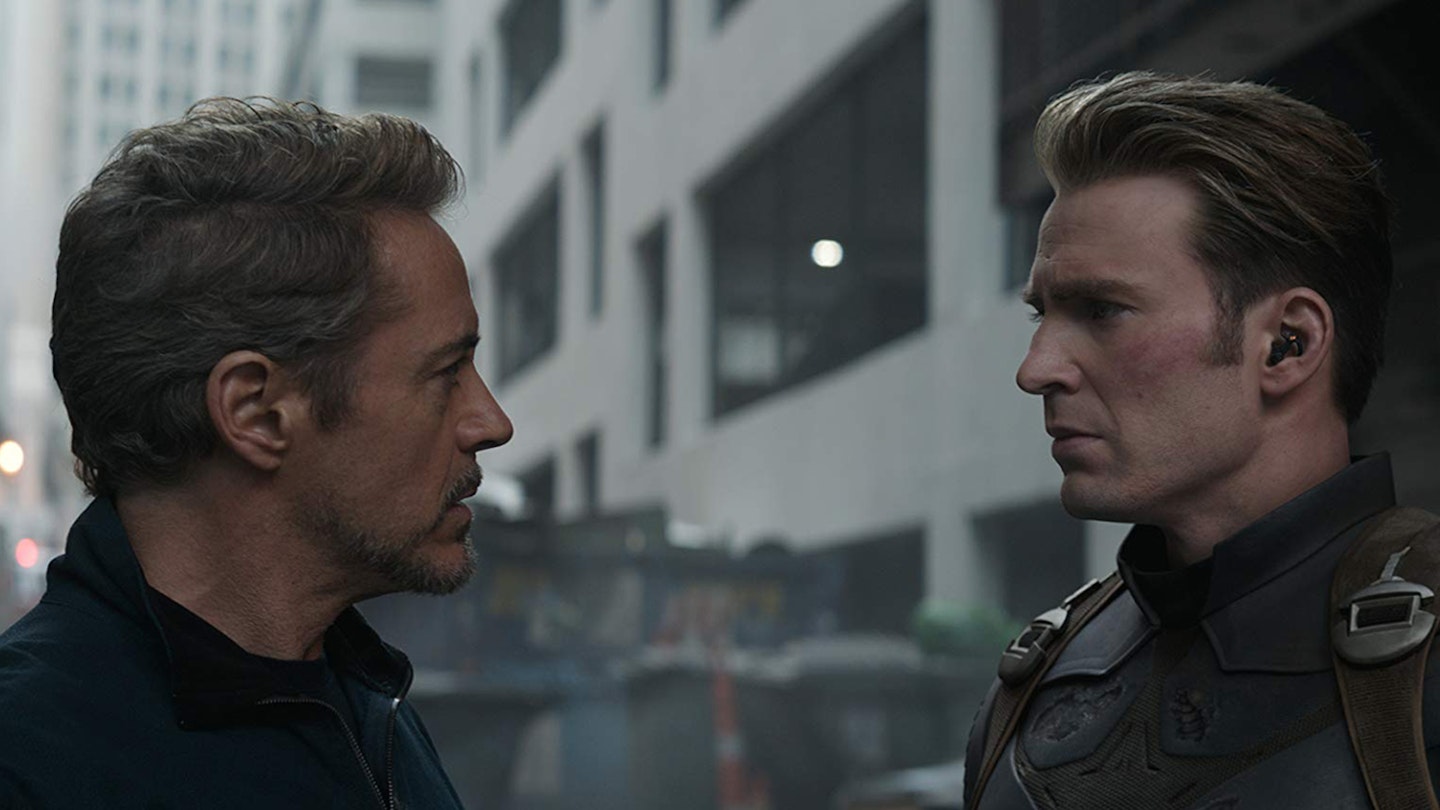
Part of the life cycle of comic book movies (and their serialised source material) is eventual rebooting – iconic characters only stay dead for so long before a new incarnation arrives. But according to the writers, that’s not the case here. Don’t expect to see a new Tony Stark or Steve Rogers any time soon. “It's the nature of the MCU,” argues Markus. “It's not a place where you can reboot one and suddenly Iron Man is 15 years old and everyone else is still the same age. The characters have to pass out, and the universe has to still stand. So if you're going to take people off the board, they've got to go for real. Granted, these are movies. I understand that somebody has made some kind of announcement that has the word 'Vision' in it, so I mean..."
Avengers: Endgame is out now. Listen to the Empire Podcast studio spoiler special here__, the live spoiler special here__, and the Russos and Markus & McFeely spoiler special here__.
